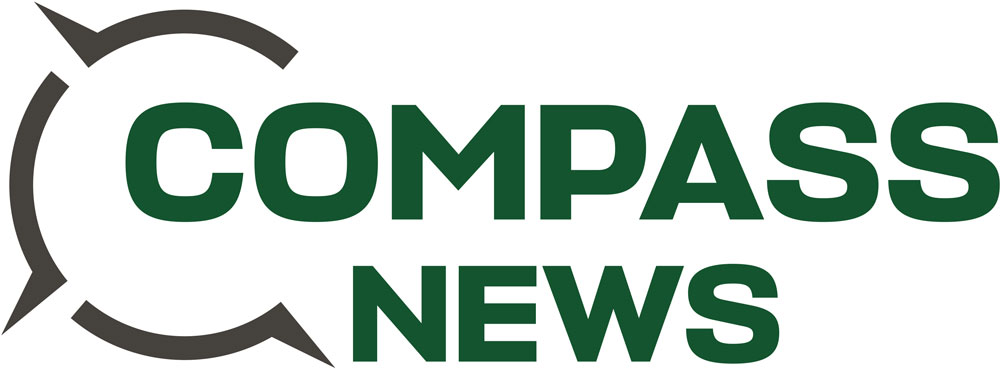Barrie is slashing its debt burden but still failing to meet the reduction target, a report from the city’s business performance and internal audit team has found.
In an annual report covering numerous key performance indicators, senior staffers found the city had failed to reduce the ratio of debt to operating revenues to target levels. It also failed to reach its savings goals.
In 2023, the city did make strides to reduce its overall debt burden. It fell from 84 per cent of its operational revenues to 72 per cent. A less dramatic reduction was also seen in 2022, when that percentage fell from 93 per cent to 84 per cent. Despite this, the city failed to reach its target of 70 per cent.
The funds in the city’s tax reserves remained flat at about 37 per cent of the size of its annual revenues. In total, the city has about $160 million in tax reserves while its annual revenues are worth about $433 million.
The municipality had more success in other areas. Tourism revenues were found to have reached about $61.5 million, up from $48.7 million the previous year and above the record-high of $56.8 million seen in 2019. Public transit use was also up by more than 50 per cent, with 3.8 million fares paid in 2023 compared to just 2.5 million the previous year.
In terms of infrastructural improvements, the city was able to pave about 52 kilometres of roadway and fix about 12,000 potholes during the year. Staffers also conducted the first review of city assets, which found that just 12 per cent of its roads and plumbing facilities were in substandard condition.
The report also found a tremendous increase in the number of participants in the city’s parks, recreation and culture programs. About 29,500 people participated in these city-organized activities in 2023, a 37 per cent rise over 2022.
In producing the report, the business performance and internal audit department included comparative data targets on the existing KPIs. During a Wednesday evening council meeting, Ward 10 councillor Bryn Hamilton thanked the team for the additional inclusions. “It makes them more meaningful to us as we look at our performance and how we are doing.”
The team also made several recommendations for new KPIs the city could track from 2025 onward. Several of these focused on improving traffic safety. One would see officials investigate the 10 most dangerous roads and intersections to research an as-of-yet non-existent plan to reduce collisions by 25 per cent. Another suggestion would see staffers work with partner organizations to come up with community safety plans for reducing traffic incidents.
During a council meeting, Sara Buehler, the city’s performance analyst, was asked to explain how the team decided which to include in the report. “They’re all developed in consultation with department heads and […] team members, to be good suggestions to add or to replace existing KPIs at council’s discretion.”
During the meeting, Ward 6 councillor Nigussie Nigussie and Ward 4 councillor Amy Courser expressed disappointment that these suggestions would not lead to a swift reducing dangerous driving in the city. “I thought traffic would be a simple thing to do, but, apparently, it’s not,” said Courser.
“Part of the reason it took a while for us to get our minds around what a [traffic-related] KPI could be is the fact that staff are supposed to have an ability to impact the outcome and show improvement,” Michelle Banfield, director of development services, explained.
“It is very difficult for us to control the behaviour of Barrie drivers.”
A previous version of this story incorrectly referred to Sara Buehler the city’s top accountant, rather than as its performance analyst.

